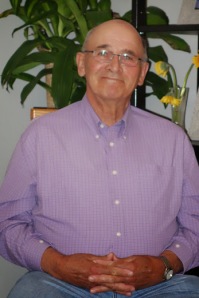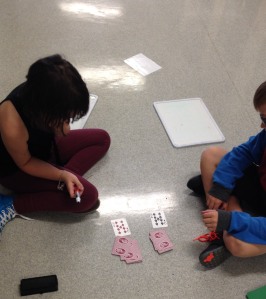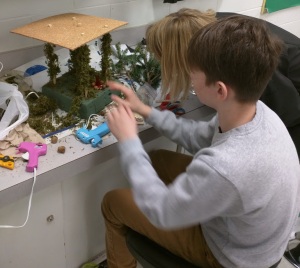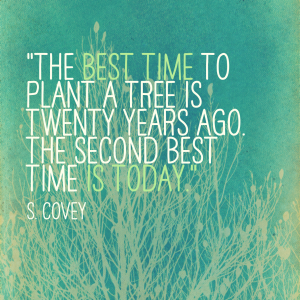
I rang in the New Year far from home, but surrounded by love and family. It was time to reconnect, to recharge and start 2019 with a fresh perspective. For me, it was also time to choose my #OneWord for the year – my word to focus on, to put into my every day and to set my direction.
For days, I tried a variety of words, thinking I had found the one, only to realize that it didn’t offer enough range and connection to all facets of my life. It wasn’t until the end of the first week, that I stumbled upon the word RISE. I found it late one night and went to bed with the connections to my life and work starting to worm their way through my mind– rise up, rise and shine, rise against, rise to the occasion, rise and stand tall.
The next morning, I was out on my paddle board and I realized that Stand Up Paddle boarding is a metaphor for life and “rising”.
I start off slow – getting my bearings, making myself aware of my environment, finding my footing and sustaining my balance, and then I rise. Rising isn’t easy – it takes courage and strength. Staying up isn’t easy either – it takes balance and control. I have to paddle. I have to adjust. I have to read the oncoming waves and decide if I will ride them out or take a knee.
Sometimes, I fall. I go under. If I go out far enough into deeper waters (pushing past my initial fears) I am in a place that falling is only a minor setback. I won’t get seriously hurt, but will have to get back up and readjust. If I have let my fears keep me in shallower waters, or lack of planning has caught me in rockier places, the fall can cause damage and getting up won’t be so easy.
While I’m on the rise, I have to encourage myself, reassure myself, push myself. But – in those moments when I am riding high and I have balance – I can stand tall and really enjoy the view. I know, in those moments, I am seeing things others haven’t because they’ve stayed back where it is safe. I see things from a different perspective – my surroundings, my relationships, myself.
And so, I am going to hold onto this feeling. I am going to use these memories to make my word – RISE – come alive every day.
I will RISE – and face each day with determination.
I will RISE – against my fears and self-doubt that I am not enough.
I will RISE and shine – spreading my positivity and hopefulness.
I will RISE to new heights – pushing myself to try new things.
I will RISE and meet the commitment of being a member of #thecompelledtribe – more blogging, more connecting, more sharing.
I will RISE – moving above the pain of the past to greet the possibilities of the future.
I will RISE!


 If you have been following this blog, or just arrived here by chance, you’ll notice that there has been a big gap in my posts (the last one being over 16 months ago). And there is a good reason-FEAR. I have been afraid to write, and even more afraid to share, and the reason is, that when I wrote about the “whys”, seeing it in print made it overwhelming and I needed to stop.
If you have been following this blog, or just arrived here by chance, you’ll notice that there has been a big gap in my posts (the last one being over 16 months ago). And there is a good reason-FEAR. I have been afraid to write, and even more afraid to share, and the reason is, that when I wrote about the “whys”, seeing it in print made it overwhelming and I needed to stop. ess like a hero” day at school and, while some people donned capes, professional jerseys and superhero costumes, I wore my son’s motocross jersey, personalized with his name and number. Some of you may question my choice, by asking, “How can a 17 year old be someone’s hero?” Let me explain. By definition, a hero is “
ess like a hero” day at school and, while some people donned capes, professional jerseys and superhero costumes, I wore my son’s motocross jersey, personalized with his name and number. Some of you may question my choice, by asking, “How can a 17 year old be someone’s hero?” Let me explain. By definition, a hero is “ Each year, our staff undertakes a book study to engage us in collaborative, focused discussions about learning and teaching. This year, our book is entitled, “
Each year, our staff undertakes a book study to engage us in collaborative, focused discussions about learning and teaching. This year, our book is entitled, “



